Things to Know About Hair Transplant Risks
Hair Transplant Risks is the process of taking healthy hair follicles from the scalp and transplanting them into empty areas in order to solve the problem of baldness or sparse hair. This procedure requires good planning and expertise and is usually performed under local anesthesia.
Things to know about hair transplantation are as follows:
Pre-procedural evaluation: An evaluation is made with your doctor before the hair transplant procedure. In this evaluation phase, information is given about the condition of the scalp, the cause of hair loss and how the hair transplant procedure will be performed.
Local anesthesia: Local anesthesia is used during hair transplantation. This ensures that the procedure is carried out painlessly.
Processing time: The hair transplant process may vary depending on how much hair will be transplanted and how complex the process is. It usually takes between 4-8 hours.
Healing process: The recovery process is important after hair transplantation. After the procedure, there may be redness, swelling and mild pain on the scalp. However, these symptoms are usually short-lived and mild. The healing process takes about 10-14 days.
Risks: Hair transplantation carries risks like any surgical procedure. These risks include infections, bleeding, hair loss after hair transplantation, inadequate transplantation results, and unnatural hair transplantation.
Results: After hair transplantation, most of the hair follicles are successfully retained and new hair starts to grow. However, factors such as how natural the results look and how dense the hair is can vary from person to person.
Care: After hair transplantation, proper care is very important. Your specialist will advise you on how to care after the procedure. Following these recommendations carefully ensures healthy growth of new hair.
Cost: Hair transplantation, like other cosmetic surgery procedures, can be quite costly. The cost may vary depending on the number of hair follicles to be transplanted, the experience of the doctor performing the procedure, and the technology applied. Prices vary according to countries, cities and clinics. Generally, a private health insurance cannot be used for hair transplantation.
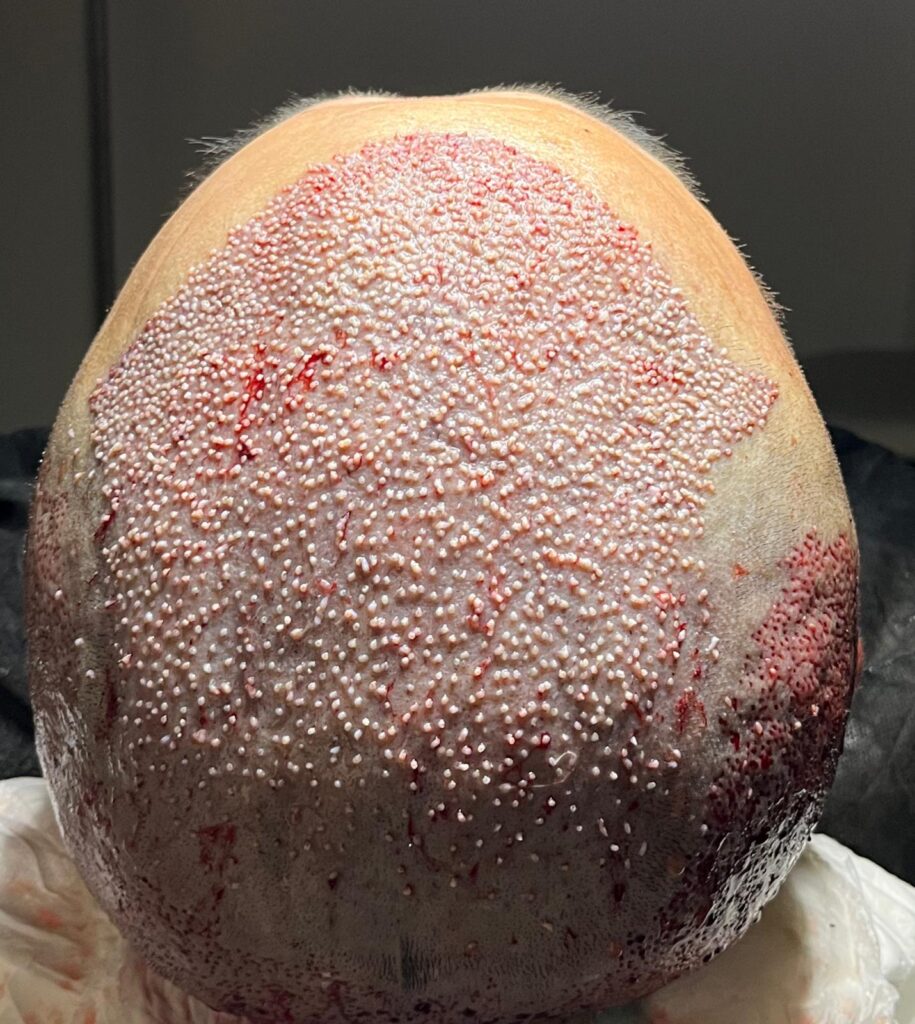
FUT Hair Transplant Procedures
Follicular Unit Transplantation (FUT) hair transplantation method is a procedure in which hair follicles are surgically removed from the scalp and then transplanted to areas with baldness or sparse hair.
The FUT operation is performed with these steps:
Local anesthesia: Before the procedure, local anesthesia is applied to the area where the scalp will be removed.
Skin removal: With a surgical procedure, a strip is cut from the scalp. The cut strip is then transplanted into the gaps in the process area where the hair follicles will be taken.
Separation of hair follicles: The cut scalp strip is examined under a special microscope to separate the hair follicles.
Transplantation of hair follicles: The separated hair follicles are placed one by one in the area to be treated.
Healing process: The recovery period after the procedure takes about 10-14 days. During this period, a slight pain, swelling and redness may be seen in the treated area.
FUT hair transplantation is a method with a high success rate. However, since it is a surgical procedure, it carries some risks. These risks include conditions such as infection, bleeding, suture marks, and scars left in the hair transplant area.
After FUT hair transplantation, proper care is very important. During the post-procedure period, forcing the scalp, heavy exercise and exposure to sunlight should be avoided. During the healing process, it is also important to take care of the scalp as recommended by your doctor.
FUT hair transplantation can be an option for people who want to restore the density and natural appearance of the hair. However, it is absolutely necessary to consult a specialist before the procedure and to evaluate the risks and consequences in detail.
FUE and DHI Hair Transplant Procedures
FUE hair transplantation is the process of taking individual hair follicles from the scalp and transferring them to the area to be transplanted. During the procedure, hair follicles are taken one by one using a special tool and transferred to the bald areas. The FUE procedure is considered a less invasive procedure than the FUT procedure and the recovery time is faster. In addition, it is a more preferred procedure because it leaves less scars. However, the FUE process takes longer and has a higher cost.
The DHI hair transplant procedure is similar to the FUE procedure, but a different technology is used. In the DHI process, a special tool, the Choi Pen, is used. This tool takes individual hair follicles and is transferred directly to the area to be transplanted. Therefore, the DHI procedure is a faster procedure and a less invasive procedure. Also, the DHI process gives more natural-looking results and the healing process is faster. However, it is not as common as the FUE procedure and has a higher cost.
Both processes require accurate planning and expertise. Which procedure will be preferred may vary depending on factors such as the cause of the person’s hair loss, the condition of the scalp, and the person’s expectations. In consultation with a specialist doctor, it is recommended to determine the most suitable procedure for the person.
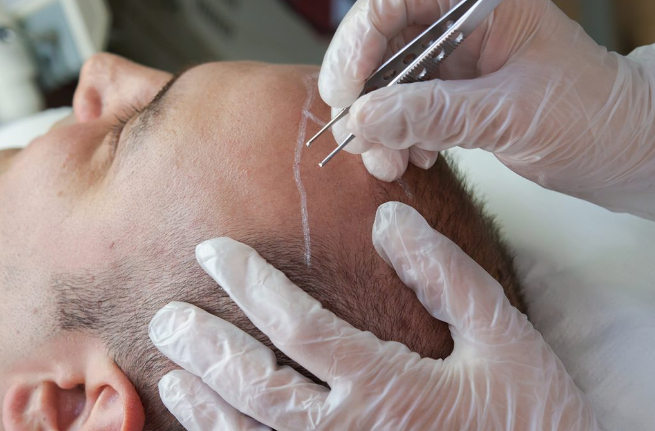
What Are the After Hair Transplant Risks?
Hair transplantation is a procedure that carries risks like any surgical procedure. Some possible risks are:
Infection: After hair transplantation, there is a risk of infection in the scalp. These infections are usually treated with antibiotics.
Bleeding: Bleeding may occur during or after the hair transplant procedure. In this case, your doctor will take the necessary measures to stop the bleeding and prevent blood loss.
Swelling: Swelling may occur on the scalp after hair transplantation. This is usually mild and temporary.
Allergic reactions: After hair transplantation, some patients may have allergic reactions to anesthetic drugs or other products used.
Hair shedding after hair transplantation: After hair transplantation, some of the newly transplanted hair of some patients may fall out. This is normal and most of the transplanted hair will remain in place permanently.
Insufficient results: After hair transplantation, the results of some patients may be less successful than others. This may be due to factors such as the transplanted hair not looking natural or not being dense enough.
These risks can be minimized by talking to your doctor in detail before the hair transplant procedure. In addition, following your doctor’s recommendations carefully after the procedure can reduce the risks.
What Can I Do to Minimize Risk?
You can minimize the Hair Transplant Risks with the precautions you can take before and after the hair transplant procedure. Here are some suggestions:
Choose a specialist doctor: When choosing the doctor who will perform your hair transplant, take care to choose an experienced, specialist doctor. Review your doctor’s references and the results of previous procedures.
Eat healthy before the procedure: Take care to eat healthy before the hair transplant procedure. Try to get the vitamins and minerals your body needs.
Do not smoke or drink alcohol: Avoid smoking and alcohol use before and after hair transplantation. Smoking and alcohol slow the healing process and increase the risk of infection.
Follow your doctor’s instructions: Follow the instructions given by your doctor after hair transplantation. These instructions may include what you should pay attention to after the procedure, how you should eat and what activities you should avoid.
Pay attention to post-procedure care: Proper care after hair transplantation is very important. Your doctor will advise you on how to care for you after the procedure. Following these recommendations carefully ensures healthy growth of new hair.
Reduce stress: Try to reduce stress before and after hair transplantation. Stress slows the healing process and increases the risk of infection. Exercising regularly and doing stress-reducing activities such as yoga or meditation can be beneficial.
Do your check-ups after the procedure: Have your check-ups done at the time intervals determined by your doctor after the hair transplant procedure. In these controls, the hair transplantation process is followed and it helps to prevent possible risks.
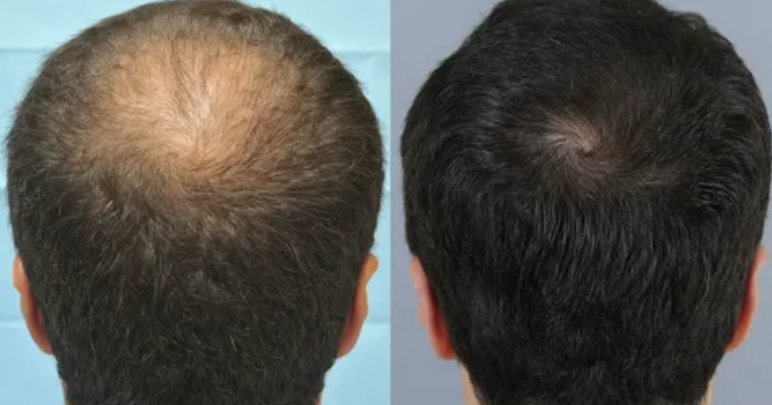
Importance of Clinical Selection
Since hair transplantation is a serious surgical intervention, it is very important to choose the clinic that will perform the procedure. Choosing the right clinic can ensure the success of the procedure and minimize the Hair Transplant Risks.
It is important to consider the following factors when choosing a clinic:
An experienced doctor: Hair transplantation should be performed by a specialist doctor. It is important that your doctor has expertise and experience in hair transplantation.
References: The clinic’s previous procedures and patient references are factors to consider when choosing a clinic. You can verify the successful results of the clinic and satisfied patients through references.
Technology and equipment: The technology and equipment used are important for the hair transplant process. The clinic’s use of the latest technology and equipment makes the procedure safer and more effective.
Hygienic environment: It is necessary to process in a hygienic environment, which is important for health. The clinic’s attention to sterilization and hygiene issues reduces risks.
Support services: Providing support services after the hair transplantation process ensures better follow-up and care after the procedure. It is important to check whether the clinic offers post-procedure support services.
Taking all these factors into account, making the right clinical choice for hair transplantation can significantly affect the outcome and healing process.
You can benefit from the privileges by contacting us.
• Best price guarantee
• You will not encounter hidden payments.
• Free transfer to airport, hotel or hospital
• Accommodation is included in the package prices.

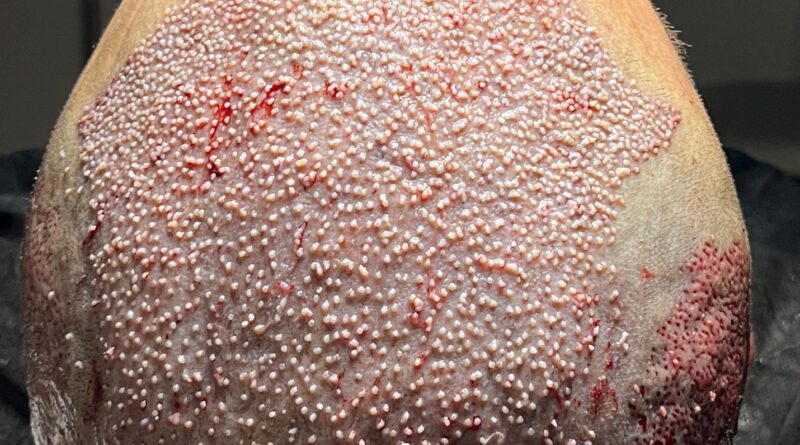
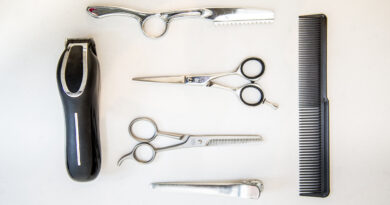
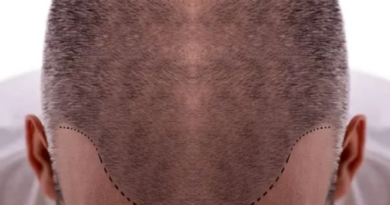

Pingback: Alcohol After Hair Transplant - AskMedicals
Pingback: Can Exercise Be Done After Hair Transplantation? - AskMedicals
Pingback: Sleep After Hair Transplant - AskMedicals
Pingback: Is Hair Transplant Painful? - AskMedicals